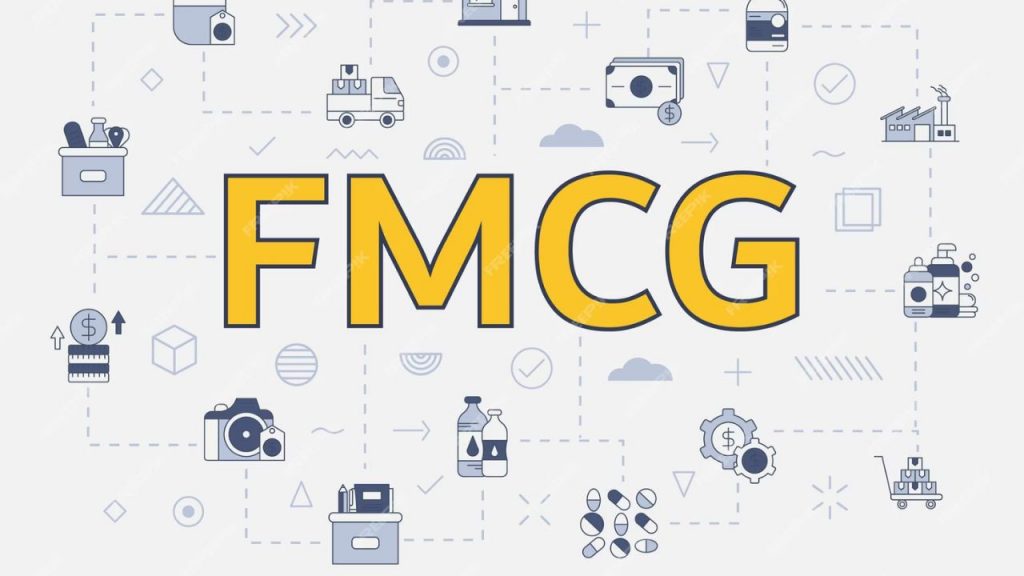Rural demand for FMCG products like flour and soap grew over twice as fast as urban areas in the September quarter, due to a good monsoon season. Meanwhile, middle-class people in cities cut back on spending due to high food inflation.
FMCG registers 2.8% quarterly growth in urban areas
According to Times of India, the FMCG industry saw a 2.8% growth in urban areas in the September quarter. This is lower than the 11% growth in the same quarter last year and only slightly better than the 2.1% growth in the June quarter, as per data from NielsenIQ.
Continue Exploring: Aditya Birla’s TMRW registers 2X revenue growth to INR 175 Cr YoY in Q2
Meanwhile, rural consumption increased to 6% in Q3 from 5.2% in Q2. Analysts at the consumer intelligence firm said, “Rural areas continue to surpass urban areas in volume growth across most regions of India.” The FMCG sector saw a growth of 5.7% in value and 4.1% in volume in Q3. Analysts believe that a good monsoon season likely improved incomes, boosting rural consumption.
Additionally, festivals like Raksha Bandhan and Onam in the quarter boosted spending. This is shown by food consumption growth, which rose to 3.4% in Q3 from 2.1% in Q2.
Small Manufacturers hold edge over FMCG – NIQ
“The uptick in volume growth is attributed to staple categories – edible oils, packaged atta and spices – despite price growth. Small manufacturers recovered from the consumption decline of the last three quarters and grew faster than giants… this is led by sharp recovery in volume growth in food for small players,” NIQ stated.
Continue Exploring: Food brands sell less nutritious products in lower-income countries, report reveals
Furthermore, independent consumer consultant Akshay D’souza noted that in urban India, most FMCG companies focus on premium packs, but high food inflation may have reduced sales of these expensive packs. He said, “All big FMCG firms like Nestle and Dabur have been expanding their rural coverage which has also added to growth in the regions.”
Recently, companies reported sluggish sales in urban areas, particularly among lower-middle-class and low-income households. Government programs have provided some relief from food price inflation, but the impact remains.
“In big cities, there is a trending down of growth… let’s not forget that urban has been driving the engine of the FMCG industry for the last several quarters, they are operating on a high base and some normalisation is expected,” Rohit Jawa, CEO & MD at HUL, said previously in August.
Notably, FMCG majors like HUL, Marico, Dabur, and Tata Consumer Products have raised their prices due to rising commodity costs. How this affects consumer spending in the next few quarters remains to be seen.
